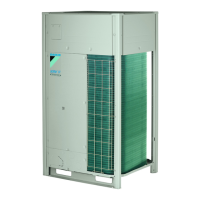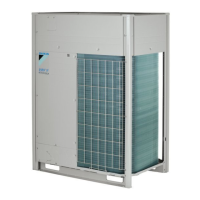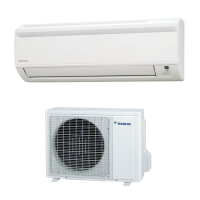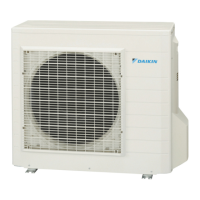Why is my Daikin RYYQ8T7Y1B discharge temperature too high?
- MMichael PowersAug 18, 2025
The discharge temperature may be too high due to a closed stop valve or a refrigerant shortage. To resolve this, open the stop valves and check the refrigerant amount, recharging the unit if necessary.






